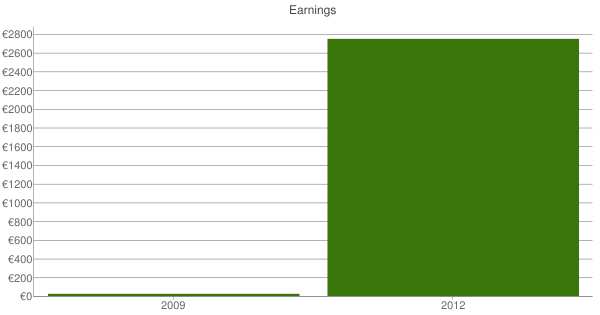What Is a Balance Sheet
A Bilanz is an important part of a company’s financial statement. It shows the company’s worth at a specific time and is completed several times throughout the year.
The balance sheet outlines the assets a company owns, as well as the liabilities it owes to others. It also explains how the owners’ equity (also called shareholders’ equity) is funded.
Table of Contents
Assets
A company’s assets are the things it owns that have monetary value. This includes cash, inventory and other physical items like property and equipment. It also includes marketable securities and prepaid expenses, as well as money it owes to other parties such as accounts receivable and payroll. Assets also include intangible assets, such as patents and trademarks.
Liabilities are the debts a company owes to other people, such as payments to suppliers or interest on bonds it issues to creditors. Current liabilities are those due within a year of the balance sheet date and long-term liabilities are those not due for more than a year. The balance sheet also lists equity, which is the company’s shareholders’ capital investment in the form of common stock and retained earnings. A company’s total liabilities and equity are then added together to create the balance of the total assets. This equation determines the balance of a company’s financial statements.
Owner’s Equity
A business’ owner’s equity is the residual amount left over after deducting all liabilities from total assets. It is recorded in a balance sheet at the end of an accounting period.
Owner’s equity represents the investment of owners (sole proprietorship or partnership) plus retained earnings that haven’t been distributed to owners. It also includes contributed capital, which is the value paid by investors for shares issued by a limited company or corporation, and treasury stock.
The value of owner’s equity increases or decreases depending on what the business does. Higher profits through increased sales and lower expenses increase owner’s equity while lower profitability through more losses or a reliance on credit reduces it.
Ratio Analysis
Ratio analysis is a process of using numerical values that can be found on a company’s balance sheet to gain valuable information. This type of analysis is useful for financial managers, competitors, and average investors who want to learn about the health of a business firm.
Often, ratios are used for comparisons across time periods or to compare a company to others in the same industry. They can also be used to track changes over time and strive for specific internally-set or externally-set benchmarks.
The current ratio (current assets – current liabilities) is a good example of an important ratio to pay attention to. It measures whether or not a business can meet short-term debt obligations with its current, liquid assets.
Another key ratio to look at is the quick ratio, which evaluates a business’ ability to convert its inventories into cash quickly. Ideally, this ratio should be between 1.5 and two. However, this ratio can vary from one business to the next.
